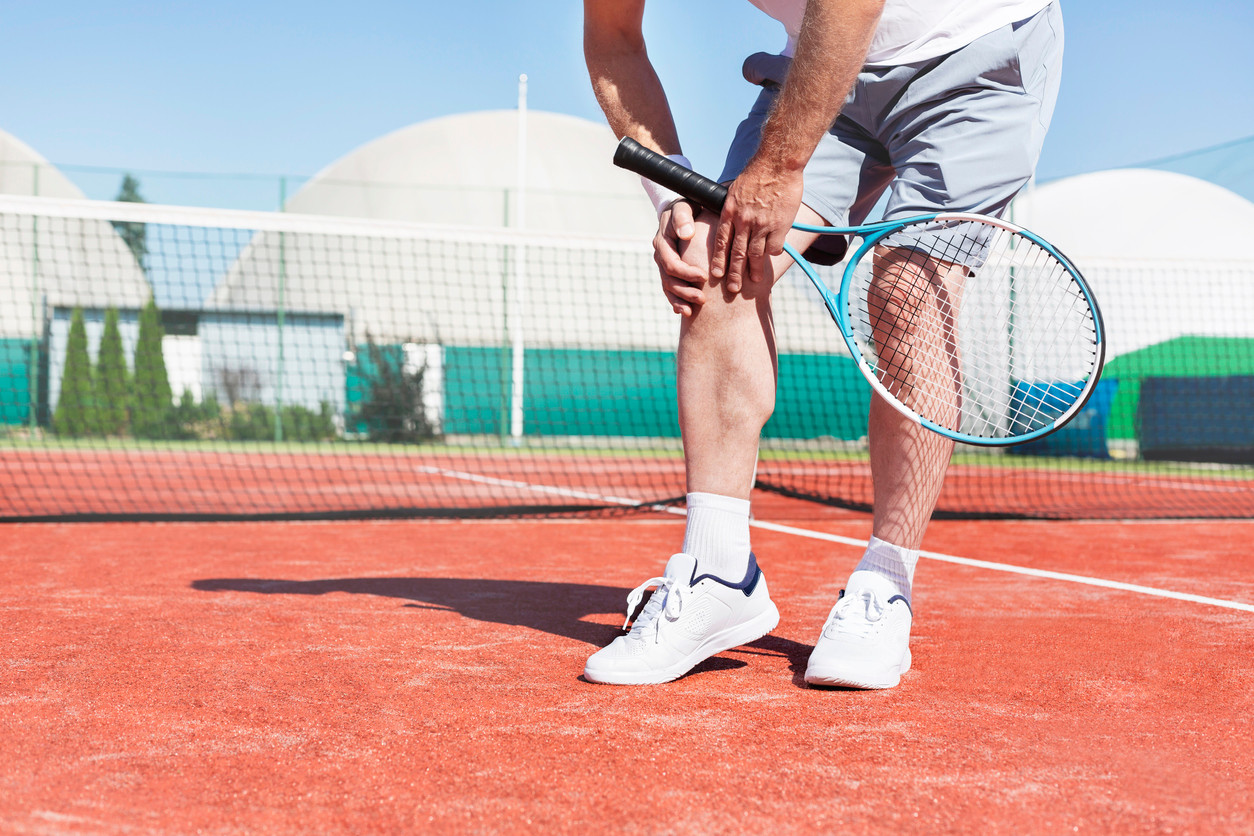Exercises for ACL Injuries: What Physical Therapists Recommend
Learn how physical therapy helps treat ACL injuries and get recommended knee exercises from physical therapists.
0 $ pour vous
Date de publication : Mar 12, 2024
Table des matières
Fully covered knee pain relief
Find relief from knee pain, knee locking, stiff knees, & more.
Check if I'm eligibleExercises to Help Protect Your ACL
Want expert care? Check if you're covered for our free program →- Quad Set
- Short Arc Quad
- Hamstring Curl
- Lateral Step Up
- Mini Squat
